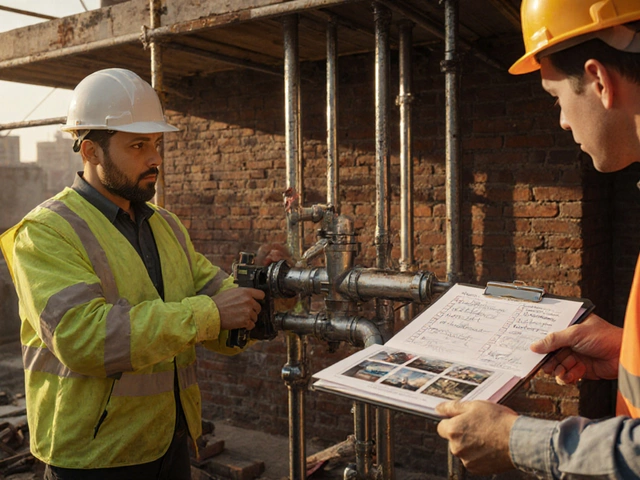Basic Safety: What You Need to Know and How to Get Started
Every business, no matter the size, has to keep its people safe. That sounds simple, but the details can get messy. Basic safety isn’t just a checklist; it’s a habit that protects employees, customers, and the bottom line. In this guide you’ll learn the core ideas behind basic safety, who’s actually responsible for training, and which qualifications can launch a safety‑focused career.
Who Handles Safety Training?
Most people assume the boss does the training, but the law says otherwise. In the UK, the employer must provide a safe environment, yet the day‑to‑day teaching often falls to a dedicated health‑ and‑safety officer, a line manager, or an external trainer. The key is a clear chain of responsibility: senior management sets the policy, supervisors enforce it, and workers follow it.
If you’re a new hire, ask who will run your induction. Look for a written safety plan, regular toolbox talks, and easy‑to‑read risk assessments. These are the signs that the organisation takes training seriously. For employers, documenting every session protects you from fines and shows you care about your team.
Choosing a Safety Degree
Want to turn safety into a career? A degree in occupational health, environmental safety, or safety management gives you the theory and credibility employers look for. Courses usually cover risk analysis, legal standards, and emergency response. Many schools also offer work‑based modules so you can earn while you learn.
When picking a program, check if it’s accredited by a recognised body like the Institution of Occupational Safety and Health (IOSH). Accreditation means the curriculum meets industry standards and can smooth the path to professional memberships later on.
Aside from a full degree, shorter qualifications like NVQs or SVAQs can jump‑start your resume. These focus on practical skills and are often accepted by construction firms, manufacturing plants, and hospitality venues.
Ready to boost your safety knowledge right now? Start with these simple steps:
- Identify the most common hazards in your workplace – slips, trips, chemicals, or machinery.
- Ask for a quick walkthrough of the emergency plan. Knowing exits and assembly points saves minutes in a crisis.
- Keep a personal safety journal. Jot down near‑misses or unsafe behaviours you notice; share them in the next toolbox talk.
- Take advantage of free online resources from the Health and Safety Executive (HSE). Video demos and printable checklists are easy to digest.
- If you’re aiming for a safety role, sign up for a short course on risk assessment. It’s a concrete skill that looks great on any CV.
Basic safety is a team sport. When everyone knows their part – from the CEO to the cleaning crew – accidents drop, morale climbs, and the business runs smoother. Whether you’re just starting out or planning the next step in a safety career, the principles stay the same: understand the risks, get proper training, and keep the conversation going.
Need more guidance? Browse the articles on this site for deeper dives into safety training responsibilities, top safety degrees, and real‑world tips from professionals who live this every day.




